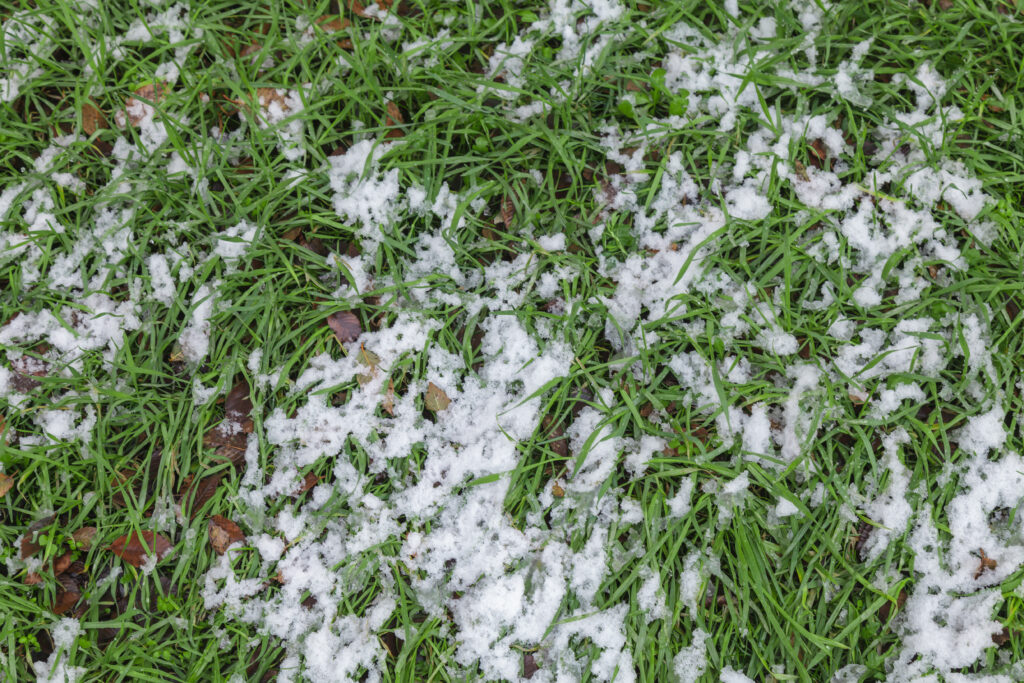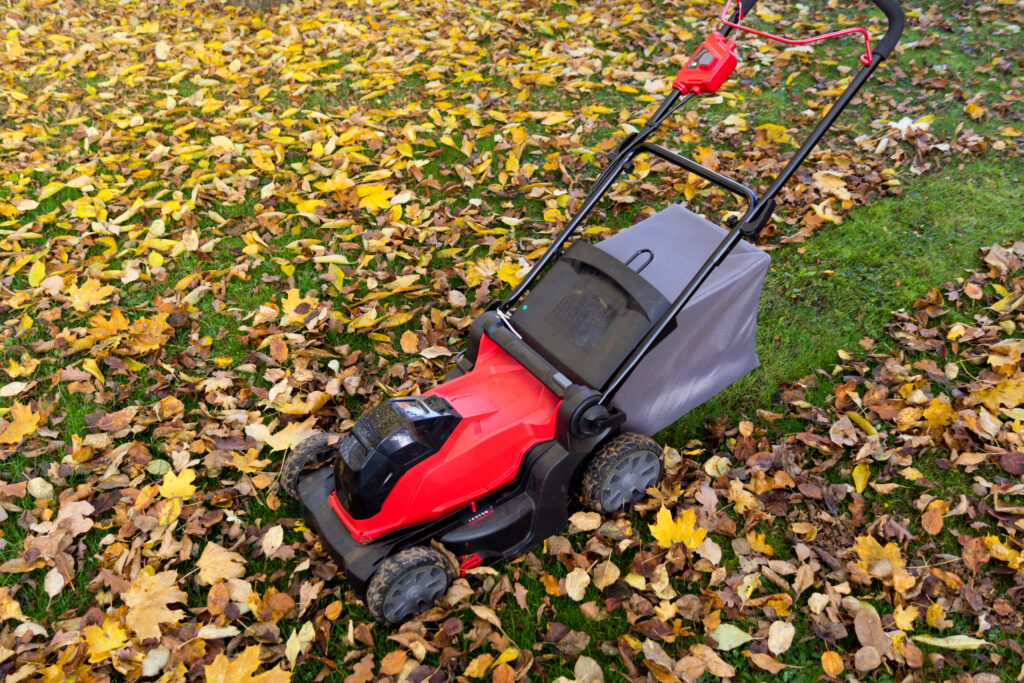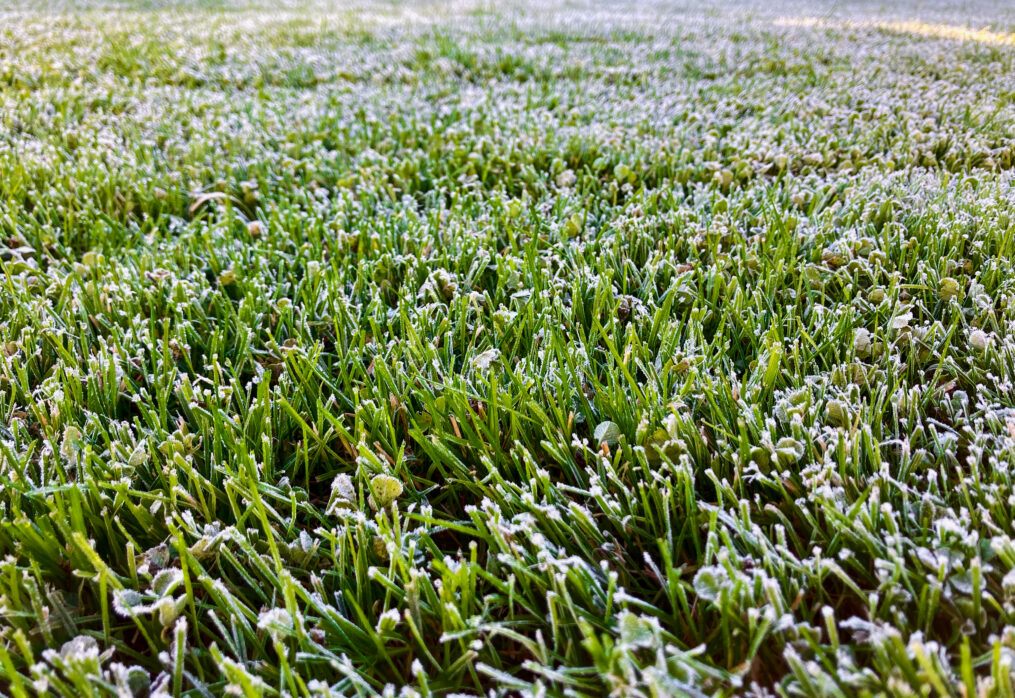Prepare Your Natural Lawn Grass for Winter: A Step-by-Step Guide
How to Prepare natural lawn grass for winter
Maintaining a healthy and luxuriant lawn depends on getting your natural grass ready for the winter. The correct winter preparation will help your grass withstand the freezing weather, avoid damage, and guarantee it comes back brilliantly in the spring. Covering basic ideas and simple to follow, this tutorial will walk you through a step-by-step approach to preparing your natural lawn grass for winter.
1. Tidy your lawn
Before winter arrives, the first critical step is lawn cleanup. Clear any trash, branches, and dropped leaves. Trash left on the grass can suffocate it, encourage fungal infections, and provide a pest habitat. Regular raking not only keeps your lawn neat but also aerates the ground, which promotes root health. Using a mulching mower, turn leaves into beneficial organic mulch feeding your grass over winter.
2. Properly mow your lawn
Correctly mowing your lawn is vital as winter draws near. Excessively long grass can mat under snow, causing mold and disease. Cutting it too short, however, could expose the roots to severe winter weather. The approaching winter grass should ideally be two to two 5 inches long.
Pro Tip: As winter approaches, gradually lower the mowing height to prevent unexpected shortcuts from stunning the grass.
3. Aerate the soil
Especially before winter, your lawn’s health depends on aeration. Air, water, and nutrients will find it more difficult to reach the grassroots as the soil compacts with time. Aerating the ground with tiny holes allows for more ventilation, water absorption, and nutrients to enter the ground. Aerating your grass can be accomplished with a core aerator or a spiked garden fork. Particular focus should be placed on areas with high foot traffic as they are more susceptible to compaction.

4. Winter Survival Fertilize
Winterizing your grass starts mostly with applying a slow-release winter fertilizer. Late fall fertilizing supplies vital nutrients needed for grassroots to develop deeper and stronger, thereby enhancing their cold resistance. Look for a fertilizer high in potassium, as it promotes root development and disease resistance.
Pro Tip: To feed the lawn without damaging the surroundings, choose an organic fertilizer. Organic choices break down gently and offer a consistent source of nutrients all through winter.
5. Manage Pests and Weeds
If pests and weeds go uncontrolled, winter can be a difficult season for your grass. Using a pre-emergent weed killer in the fall will help stop winter’s germination of weed seeds. Furthermore, look for indicators of pests, such as grubs, and treat them to prevent further harm to your grass. Use natural pest management techniques, including nematodes or insecticidal soap, to prevent chemical use and advance a healthy ecology.
6. Use Water Correctly
Particularly if your area has dry falls, watering your grass before winter is vital. Correct irrigation guarantees that grassroots are adequately hydrated before the ground freezes. Overwatering, in the meantime, can cause mold and other fungal illnesses. Try to water deeply, but rarely before the first frost. Early in the day, water your grass to let extra moisture evaporate and stop fungus development.
7. Mulch and guard sensitive areas
Mulching areas prone to erosion or where grass growth is limited will help to shield the soil and grass roots from freezing temperatures. Mulch lessens temperature swings, helps to retain moisture, and stops soil erosion. Shredded leaves or compost make excellent mulch. Over time, these natural choices will break down and provide priceless nutrients back into the ground.

8. Avoid the lawn when it is snowing or freezing
Steer clear of strolling on your lawn when it is covered in snow or ice to help preserve it over winter. Grass blades may be damaged by foot traffic, which also compacts the ground and makes recovery of the lawn more difficult in spring. Mark a walking route, and try to keep pets off the grass whenever possible. To reduce damage to your lawn in high-traffic areas, think about laying paths or stepping stones.
9. Create a schedule for spring recovery
For most grass varieties, winter is a dormant season; yet, you can start preparing for a favorable rebound in April. Watch the state of your lawn over the winter, and get ready to oversee or reseed any damaged spots as soon as the temperature rises. Early spring aeration and overseeing can help to fill up bare areas and promote fresh growth for a rich lawn.
At last
Winterizing your natural grass is one of the most important chores you can do to greatly improve the appearance and feel of your lawn come spring. Following these straightforward guidelines—cleaning up, mowing correctly, aerating, fertilizing, weed management, proper watering, mulching, limited foot traffic, and recuperation planning—you will make sure your grass remains strong and healthy all through the winter. Act now and give your grass the treatment it needs before winter arrives! Your lawn will be grateful for a rich, green recovery next spring. I hope you enjoy reading this post – how to prepare natural lawn grass for winter I recommend checking out:
- How to Plant Lawn Grass: A Step-by-Step Guide
- Mowing Heights By Season And Grass Type
- What Is the Best Warm Season Grass for Your Lawn
- Natural Weed and Grass Killer Recipe for a Chemical-Free Lawn
- What type of machine is used to cut grass?
- 5 gorgeous flowering plants to bring home in summer
- 10 Stress Relieving Indoor plants for home
- 10 plants you can easily grow in a bottle
- 5 Easy Tips to Maintain a Tulsi Plant at Home
- 5 Medicinal Plants to Grow at Home
- 10 palm plants to grow at home
Last Updated on 1 year ago by Anjali Mehra Ph.D. in Horticulture (Punjab Agricultural University)
- Best Lawn Grass for High-Footfall Religious Places in Punjab - December 29, 2025
- Why Lawn Grass Fails After Installation (Real Indian Case Studies) - December 25, 2025
- Nilgiri Grass vs Korean Grass – Price, Look & Maintenance Compared - December 23, 2025
